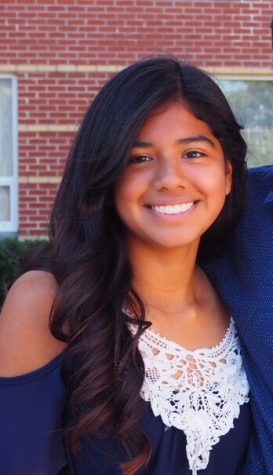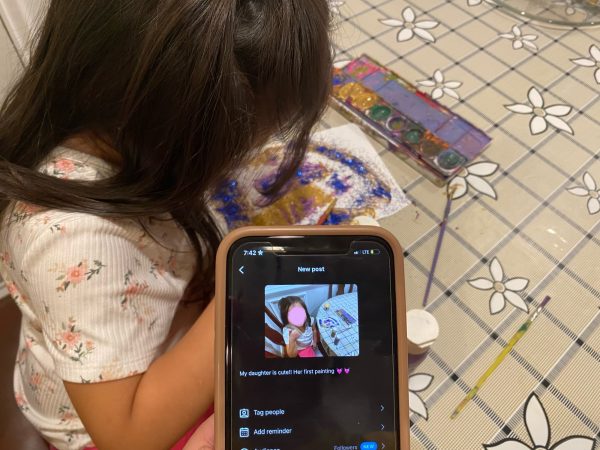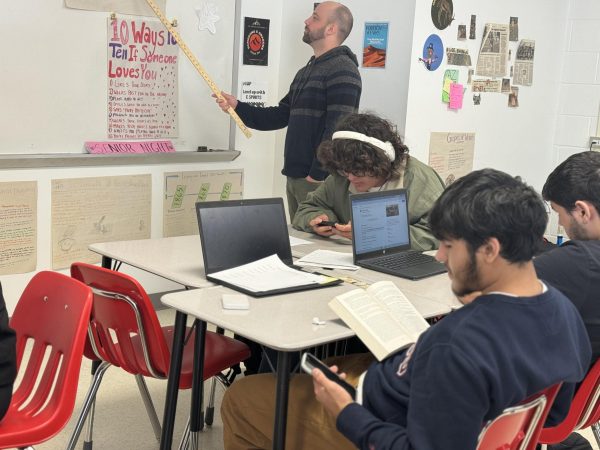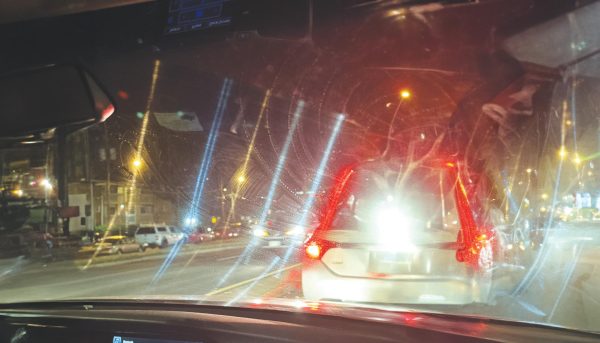The war against false information
Teachers educate students on how to determine bias and reliability
In the past few months, the topic of fake news has risen and tensions are high on what is fake and fiction now. A sense of trust has been lost in our media, press, public figures and in journalists.
Now we must ask ourselves, why was this article or story made? How does this story make me feel? What values, information and viewpoints are not discussed?
The internet and social media is contaminated with false information, headlines and articles. In school, it is the job of teachers to inform their students about current events and accurate information. The limitation of being exposed to unreliable information can start in the classroom as teachers start the conversation and bring awareness of the impacts of this national problem.
Any individual can be a victim of false information. Students can lack the critical thinking and analytical skills to determine inaccurate information. In school, students are learning to develop and improve these skills. Well-known media news sources such as NPR and New York Times have provided guides for teachers and students on how to recognize unreliable sources. How are our teachers handling fake news?
English teacher McClain Herman has been focusing on fake news with her junior students in their persuasive unit. As they wrote a research topic of their choice, Ms. Herman discussed ways to identify a real article or an opinion piece.
“Just because something is written in the newspaper, doesn’t mean it’s unbiased, accurate or true,” Herman said.
IB English HL teacher, Duran, spends time with her English 11 class in her media literacy unit to address fake news. As practice, Duran’s students share examples of articles to distinguish which ones are real or false.
“We talk mostly about commercials and how we are convinced to buy things and be responsible customers,” Duran said. “Since last year and the term fake news being coined, we decided we needed to talk about [fake news] with our media literacy.”
During an event with the editor of Politifact last year, Duran asked a question on how to engage students to care about the uprise of fake news.
“[Politifact’s editor said] that it’s on teachers now to find creative ways to find or talk about the implications or terrible social things that can happen if you’re spreading fake news. It’s just like spreading a rumor about each other in a school,”. Duran said. “Everyone should just slow down and take time to do their own research.”
Additionally, English teacher Hanson is partnering with the English 10 Team with the MYP personal projects using CPR (Currency, purpose, relevancy). This would have students ask themselves: when was this published? What is the purpose of the source? How relevant is this to the students topic?
“Take some of the tools that teachers are talking about and start using them yourselves and become informed young adults,” Duran said.
It is important to expose students to all viewpoints and political sides on a global and international scale. As citizens who are part of a democracy, it is essential to distinguish what is fact and fiction and to have our moral and beliefs developed from adequate findings.
By staying informed with current events, students are being active and well-structured citizens by interacting and being informed in international relations. We have the responsibility to be smart citizens and look for the information ourselves; the only reliable source we should trust is ourselves.

Senior Kimberly Laura is currently the Co-Editor In Chief. This is her fourth year in The A-Blast; she was previously the In-Depth editor. In the fall,...






